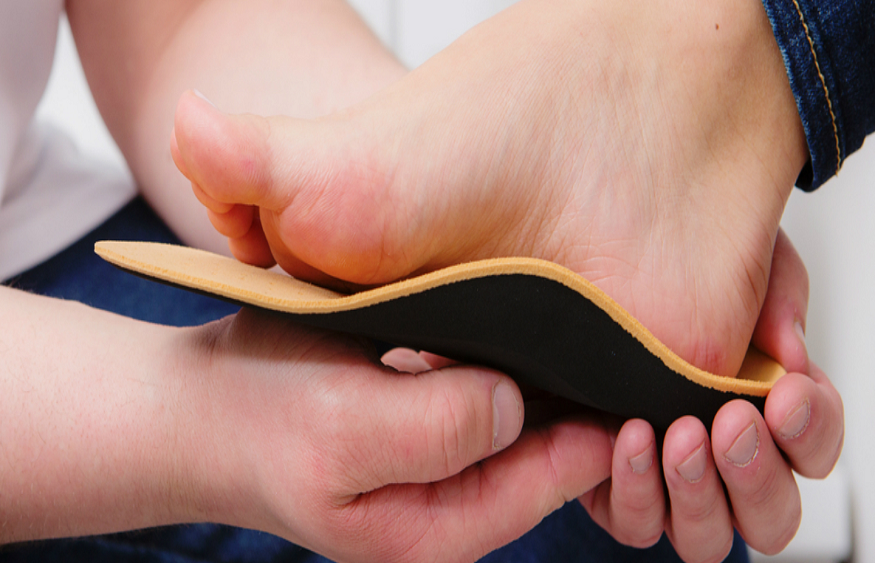Are you feeling like there is a lump in your shoe, but there is nothing when you remove your shoe or have you noticed a hard, tender lump below your skin? Is the lump causing numbness, burning, or tingling? You might be having a neuroma. There are several types of neuromas, depending on your underlying conditions. While neuromas are not dangerous, they can cause symptoms that lower your life quality. If you have New York neuroma, the good news is that effective treatments are available. Here is an exclusive look at neuroma and everything you need to know.
What Exactly Is a Neuroma?
A neuroma is a tumor that develops on a nerve in your foot. This tumor is benign, which means it’s not cancerous and cannot spread to other body parts. However, your neuroma can still be painful or cause numbness or burning between your toes and the ball on your foot. Most people with neuroma feel like something is stuck in the shoe under the foot while walking or standing around. Although you feel like you are standing on a lump, there is no outward sign of neuroma or visible lump.
What Are the Symptoms of Neuroma?
Most neuroma conditions do not cause symptoms. However, they normally present with a burning, sharp pain when they do. Other common neuroma symptoms include; tingling, numbness, tenderness or discomfort, an electric shock sensation when pressured, and a painful clicking sound when walking.
How Did You Get a Neuroma?
Scientific research is yet to establish the exact cause of neuroma. However, experts believe some contributing factors include traumatic injuries, a flat foot, high arches, repeated stress on your foot, and narrow or tight footwear. During your consultation, the doctor will help you establish the possible causes of your neuroma and the steps to take to ease the pressure from the neuroma, such as changing the footwear.
How Is Neuroma Diagnosed?
Your doctor can normally diagnose a neuroma by examining your medical history and conducting a physical exam. Your doctor can diagnose neuroma by asking questions and examining the affected area. Your medical provider does a medical test by pinching the top and bottom of the feet between the index and thumb and squeezing the sides of the foot with the other hand. For a more precise diagnosis, you might be needed to undertake imaging tests such as MRI, ultrasound, and x-ray.
What Are the Available Treatments for Neuromas?
Several treatments are available for treating neuroma and relieving the symptoms. It is recommendable, to begin with, simple treatments. One of the treatment options includes custom orthotics to support your feet. Custom orthodontics can help relieve neuroma symptoms and prevent the condition from worsening. If topical medications, anti-inflammatory drugs, ice and elevation, and pressure relief orthodontics don’t work, your doctor might recommend more treatments. Injectable or oral medications reduce the neuroma inflammation and relieve pain. In severe cases, neuroma surgery can be recommended to remove the painful and enlarged nerve from the foot.
Traumatic neuromas are noncancerous tumors caused by the growth of nerve cells. This might cause numbness, burning, and pain. Despite neuromas not being dangerous, they can result in troublesome symptoms. Fortunately, some neuromas can go away on their own, and there are also lots of effective treatment options that can help. So, if you are experiencing any neuroma symptoms, consult your doctor for diagnosis and treatment.

